CARLOS PAZ-BORDONE | PORTRAIT OF AN IMMIGRANT
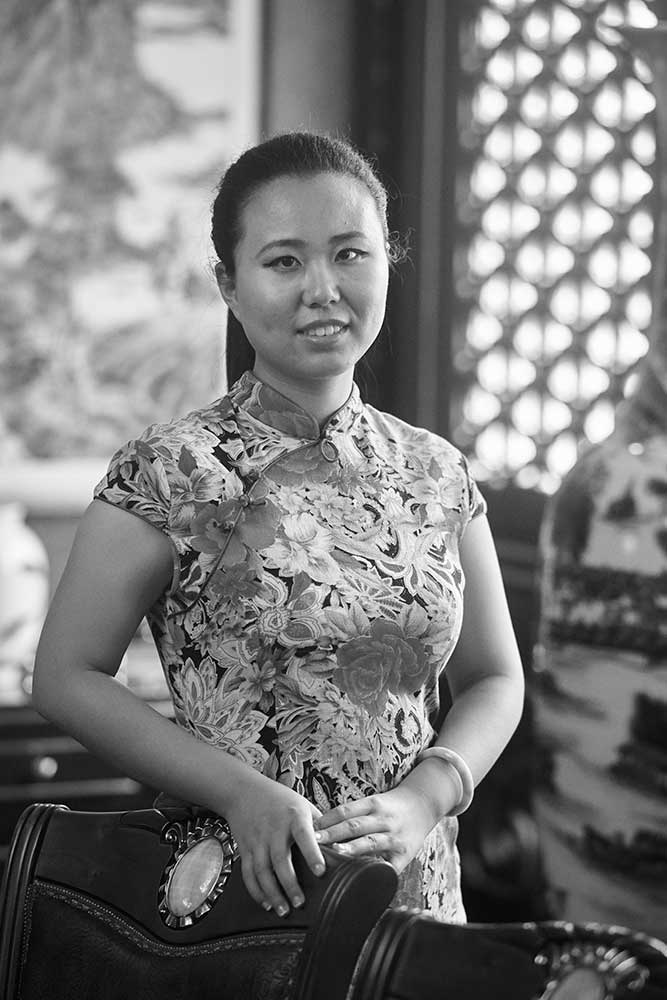
ISO 2500, 1/60, f/2.8, 135 mm, manual exposure, ambient light.
Sony a99, Zeiss Vario-Sonnar 24-70 mm F2.8. Software: Capture One 10
Carlos Paz-Bordone © All rights reserved.
A few years ago, Julia Wong, a Peruvian of Chinese origin, writer, poet, and cultural promoter, invited me to participate in her project on Chinese migration in Mexico. She wanted to do it with the gaze of Peruvian photographers because, in her opinion, this migratory process had permeated the Peruvian culture more. There had been greater social and cultural integration between the Chinese and Peruvians than between the Chinese and Mexicans.
This could be explained because, in the case of Peru, it was the final destination country; on the other hand, in most cases, the final destination was the United States, and Mexico was a transit country.
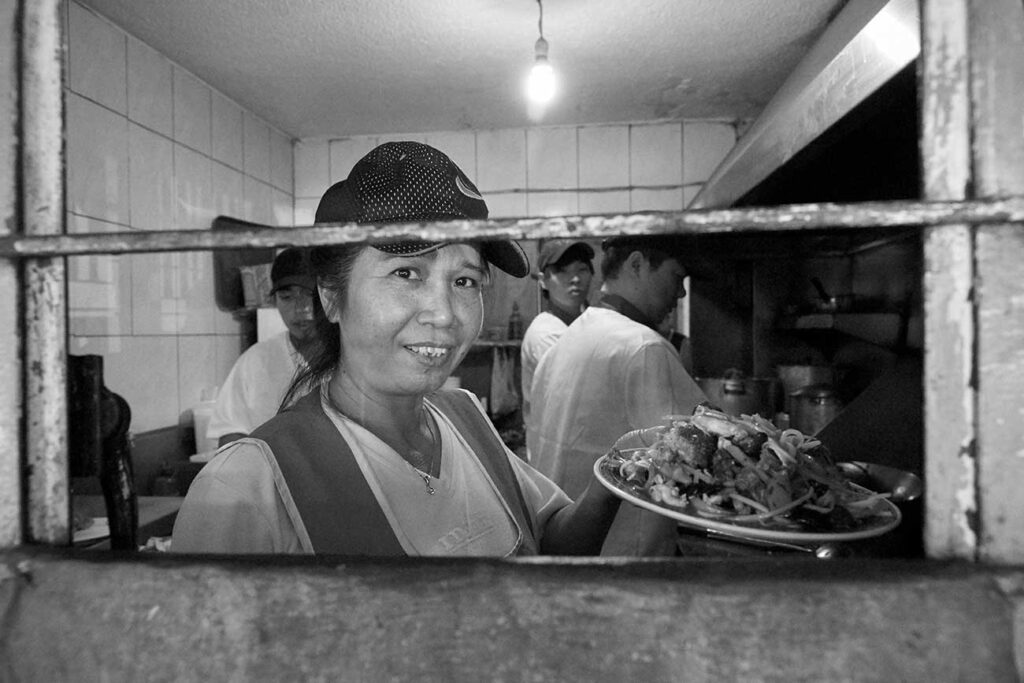
ISO 6400, 1/125, f/5.6, 24 mm, aperture priority.
Sony a99, Zeiss Vario-Sonnar 24-70 mm F2.8. Software: Capture One 10
Carlos Paz-Bordone © All rights reserved.
My destination was the city of Guadalajara, the second largest in the country. Here I contacted the descendant grandson of a Chinese immigrant, Sergio Fong, who has a coffee bookstore downtown and is dedicated to making craft books with cardboard. Thanks to him, I was able to follow the thread of his family from his Chinese grandfather, Manuel Fong, to his great-grandson, who is the youngest of the offspring. Mexicans descended from a Chinese merchant who arrived in Guadalajara in the early twentieth century.
I also met another Mexican Chinese family of more recent origin who owns a Chinese food restaurant.
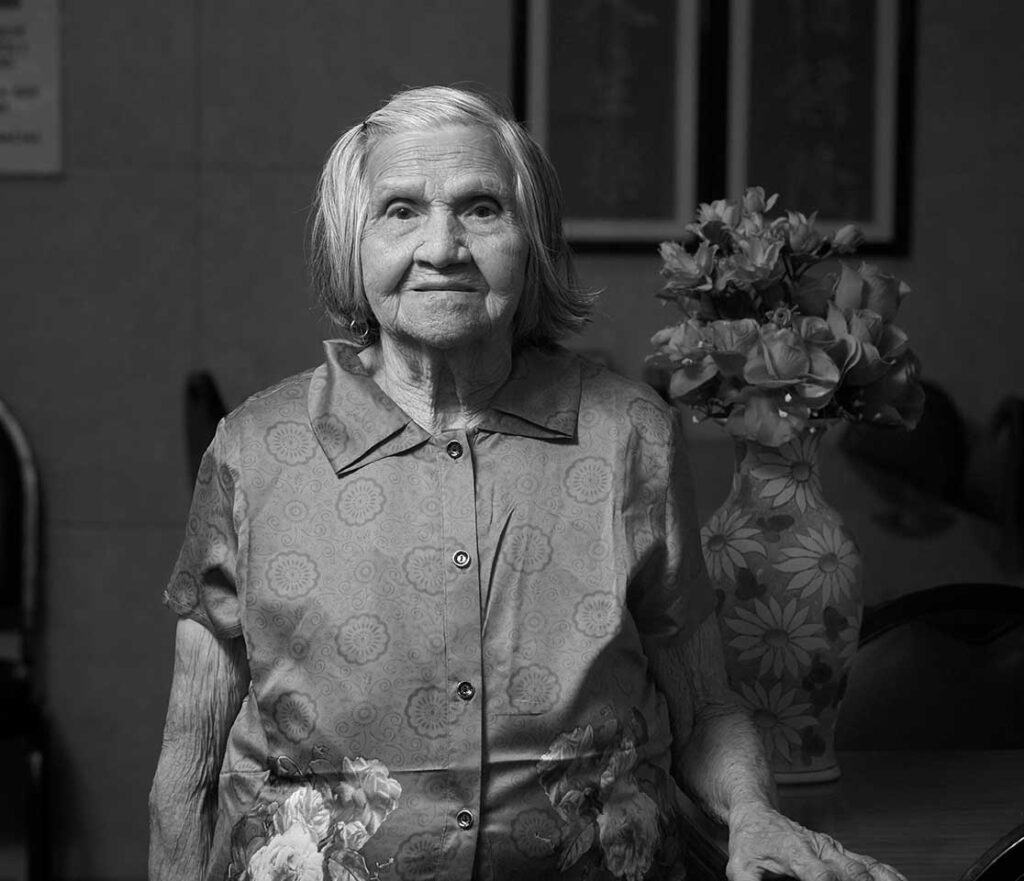
ISO 3200, 1/125, f/8, 135 mm, manual exposure, flash with ambient light. Sony a99, Zeiss Vario-Sonnar 24-70 mm F2.8
Software: Capture One 10. Carlos Paz-Bordone © All rights reserved.
Laura Chi Ham is a Cantonese daughter of a Chinese father and Mexican mother. At age 22, she decided to emigrate to Mexico with her Chinese husband and her mother to start a food business. The case of her mother, Melia Ham, is an interesting one. Melia was born in Mexico to a Chinese father and a Mexican mother, but at the age of five, they returned to live in China, and she stayed there until the age of 59 when she returned to Guadalajara with her daughter. For this reason, Melia does not speak Spanish, only Chinese Cantonese. Although the capricious turns of life have made the woman born in Mexico not speak Spanish and be culturally Chinese, on the other hand, her daughter born and raised in China also speaks Spanish perfectly and now considers herself more Mexican than Chinese.
Migration is a dynamic process that does not stop. I also met a merchant from Beijing who has lived in Guadalajara for eight years, Andrew Yu. He lives thousands of km away from his wife and daughter, who live in Beijing so that he can forge a more promising future for them. The family meets every two years when he returns to China to visit them for a few weeks. He has not been able to adapt to the Mexican culture and barely speaks Spanish. Life is tough for Andrew, but he continues to fight adversity day by day.
There are also cases of temporary migrations. This is the case of Leah Gao, an environmental engineer studying Spanish at the University of Guadalajara and working part-time in a Chinese restaurant in a wealthy neighborhood of the city.
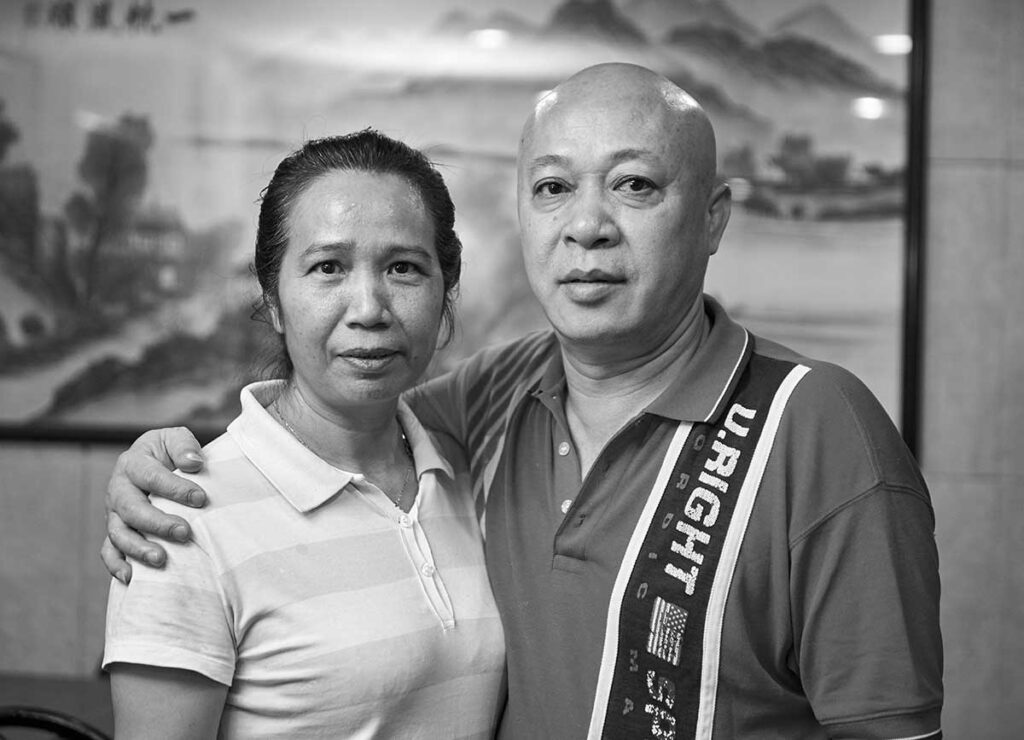
ISO 50, 1/90, f/2.8, 70 mm, manual exposure, flash with ambient light. Sony a99, Zeiss Vario-Sonnar 24-70 mm F2.8
Software: Capture One 10
Carlos Paz-Bordone © All rights reserved.
CARLOS PAZ-BORDONE
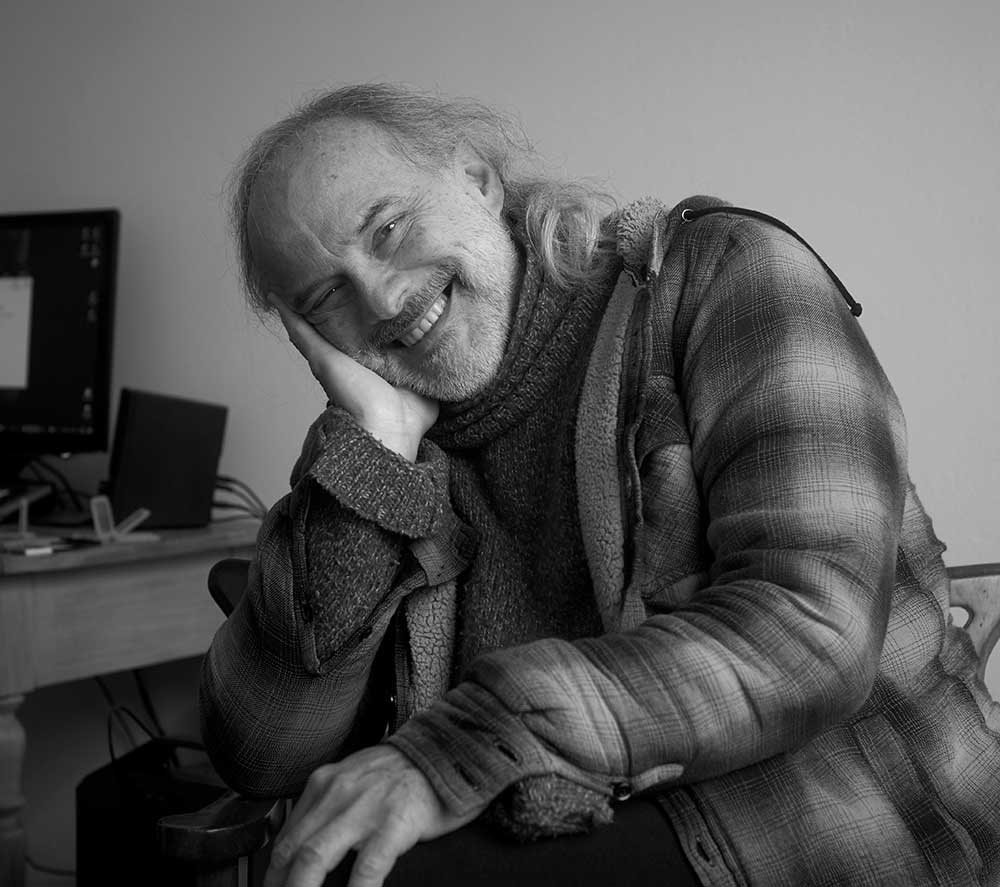
Carlos Paz-Bordone (b. 1961) is an autodidact photographer based in Lima – Peru. He currently works as an audiovisual producer of documentaries and programs on public TV in Lima.
Carlos Paz-Bordone studied Media Communication at the University of Lima. After his graduations, he worked as a photographer for a magazine in Lima for two years. Later on, he moved to England, where he lived for two years and was a member of the public British Film Institute, where he attended exhibitions and talked about photography and moving images.
As he returned to Lima, he worked in television production programs and documentaries for development agencies, including NGOs and others. Among his extensive experience, He has also worked for the BBC TV and NatGeo channel in documentaries in Peru.
At the age of seven, I fell in love with photography when I was given my first Kodak Instamatic camera, with which I took pictures of my family and friends. Some years later, in the early 1970s, my father gave me permission to use his Zeiss Ikon camera that he bought in England when he was a scholarship student of mechanical engineering. This was a rangefinder camera without any mechanism to focus, so I had to calculate the distance by eye to focus the photos. The camera also did not have a built-in light meter, so I used the shutter speed and the aperture recommendations printed in the Kodak film box.
These techniques did not always give good results, but using them taught me to think about the distance and the exposure before taking the photos. They also taught me how to cope with frustration when looking at the printed photos; the results were often not good, much less those imagined. These bad photos also taught me the importance of composition, so I became interested in photography magazines, discovered great photos, and taught different techniques to take better photos.
Those were the times of analog photography, and to be able to take and develop the photos, you had to save the tips, and above all, you had to wait several days to have them printed. Also, this hobby was very expensive for a teenager, and thus I had to be very careful when taking photos so as not to waste film and run out of it. Therefore, this way of taking photography also taught me to wait and to be prudent.
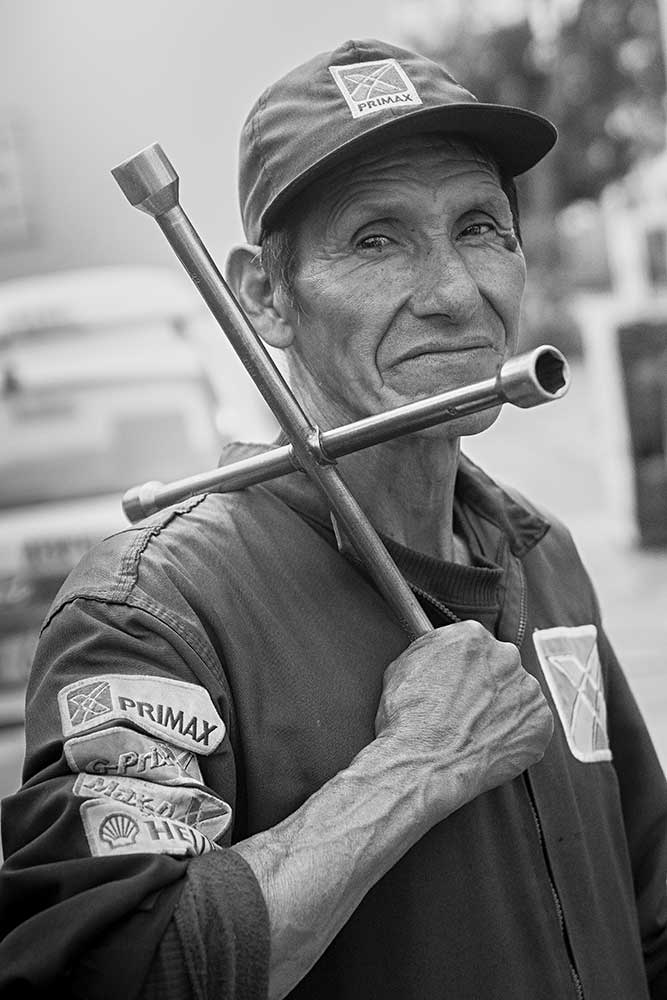
ISO 1600, 1/3200, f/4, 70 mm, aperture priority. Sony a99, Zeiss Vario-Sonnar 24-70 mm F2.8 Software: Lightroom 6.0
Carlos Paz-Bordone © All rights reserved.
When I turned 18, my dad gave me my first reflex camera, a Pentax MX. A mechanical camera, which forced me to set the exposure values according to what the photometer indicated. With this camera, I switched to using the slide films used by the National Geographic photographers, whom I admired, the Ektachromes and the Kodakchromes, and I realized that these films behaved differently from the negative films it took me time to expose them properly.
Later, when I entered university, my parents gave me an enlarger, so I started developing black and white. And for the first time, I witnessed the “magical” beauty of looking at the positive image that appeared when the paper was in the developer.
A couple of years later, my Pentax was stolen, and I had to suddenly stop taking photos, which was too hard to bear. But since I was already in college, the basic cinematography classes first and the video and television classes later filled that void little by little.
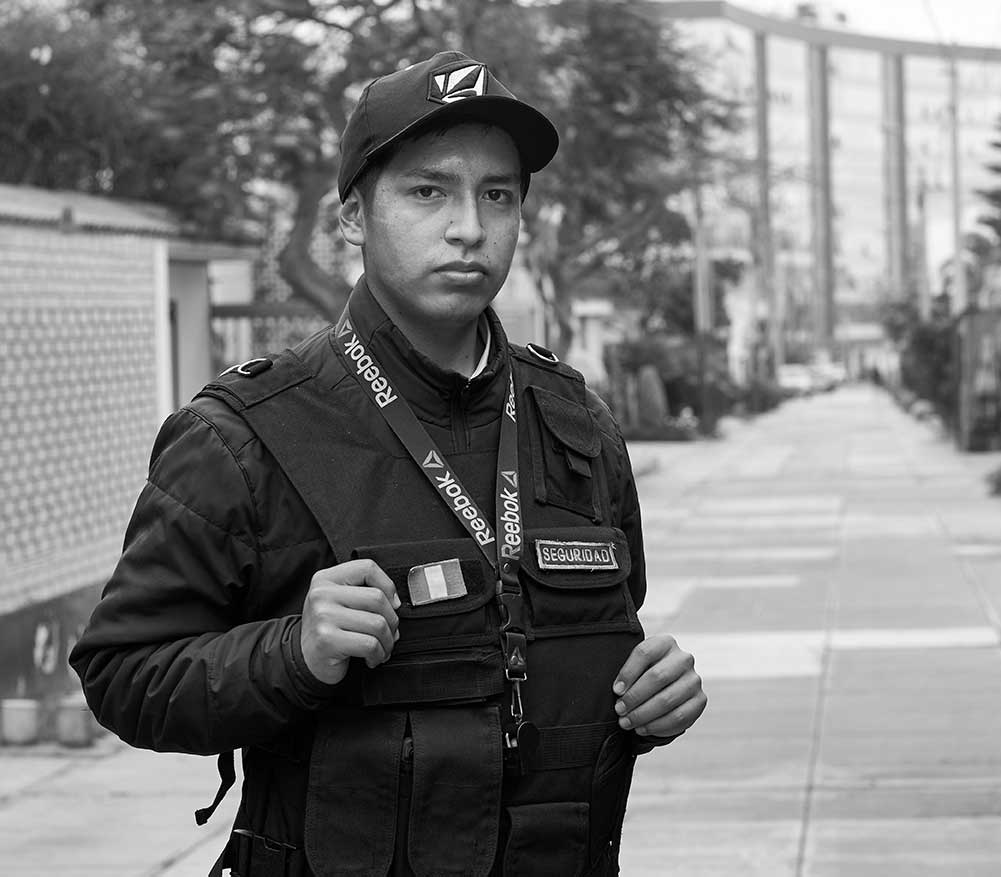
ISO 400, 1/400, f/8, 85 mm, manual exposure.
Sony a99, Zeiss Planar 85 mm F1.4
Software: Capture One 10
Carlos Paz-Bordone © All rights reserved.
In the final years of my career, I got a job as a photographer in a magazine, where I worked for two years; and then I entered an advertising video production house as an intern. Then, three years later, I got a job in a television channel as a cameraman and video editor for social and cultural reports. This was the beginning of my career in television and producing documentaries for development institutions, NGOs, and others.
Throughout this journey, I applied everything those films and analog cameras with their technical limitations taught me about photographic technique. This knowledge significantly helped me to be professional in the field. As I already knew about photographic techniques more than my colleagues, I was able to focus more on interpersonal relationships with the people who were the protagonists of the stories. This is another essential aspect of photography. Knowing how to gain the trust of those who agree to pose in front of your lens. Trust is based on respect for the other. The importance of transmitting to that person the feeling that you really respect them as a human being is a crucial factor. That you respect his pain or joy, his failures or achievements, at the moment of taking the shots, and above all, after in the editing and publishing of the story.
Respect is an act of faith on their part, and one as a producer or photographer must honor that trustworthy deal with their figures and not betray it. Here the photographic experience becomes an act of ethics. All these human and dynamic aspects are involved in photography; that’s why I love being a photographer.

